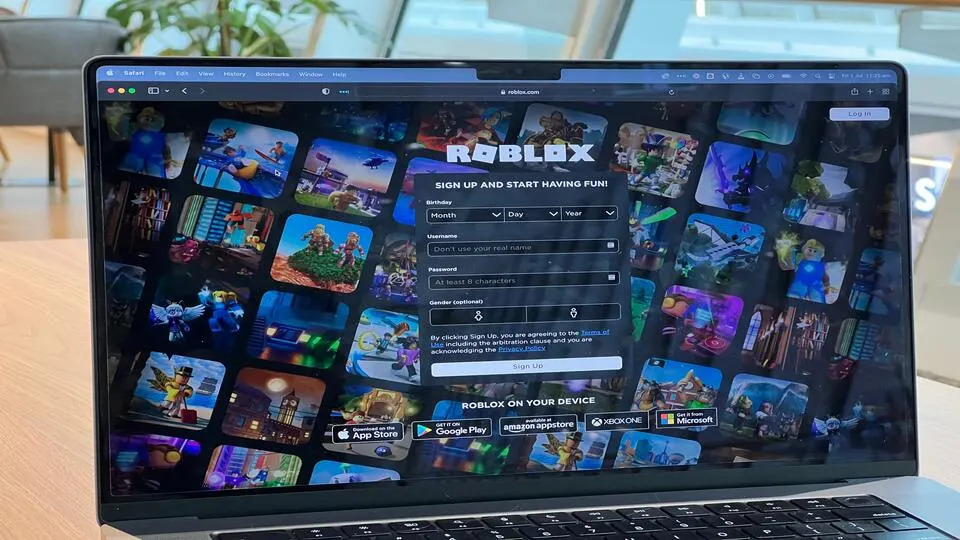If you’re new to the world of weight lifting, it may seem like everyone understands what you’re doing while you don’t understand anything at all. This won’t last long. This post will help break down some commonly used bodybuilding terminology so you can start lifting with confidence! Keep reading whenever you feel ready to tackle the most common terms you’ll hear inside and outside of the gym.
What Is Bodybuilding?
Bodybuilding is the practice of strengthening and enlarging the body’s muscles through special exercises, gym’s equipment like exercise bench, dumbbells, treadmill, air track, rubber Gym floor mat,heavy bag etc and diet. Practiced correctly, bodybuilding can help you lose weight, gain muscle mass and increase your energy levels. However, it doesn’t mean bulking up like The Hulk or becoming inflexible. It’s all about balance, emphasizing building strength without sacrificing flexibility. Furthermore, if aesthetics matters most to you, then bodybuilding may be for you!
How Does Bodybuilding Differ From Fitness?
The exercise regimen for building muscles requires resistance training through free weights or weight machines. Unlike cardio exercises that primarily rely upon cardiovascular ability (e.g., running), bodybuilding is focused predominantly on weightlifting, which places a significant emphasis on building muscle mass through the lifting of heavyweights. To gain muscle mass, you must eat more than you burn!
Difference Between Bodybuilding And Powerlifting
Many people get confused between the two. But instead of wasting your time defining each discipline, we’ll tell you how to think about them. Powerlifting involves performing three different lifts (deadlift, bench press, squat). Bodybuilding involves performing compound exercises that work for multiple muscle groups at a time. One of the differences between bodybuilding and powerlifting is that powerlifters lift more.
Difference Between Lifting Weights and Bodyweight Training
Lifting weights means using dumbbells or barbells. Whereas performing an exercise such as push-ups involves just your body weight. However, these are two very different forms of training with unique benefits associated with each one! Traditional strength training builds muscle mass. Nonetheless, it’s essential not to forget about cardiovascular when you train for aesthetics.
Common Bodybuilding Terminology You Will Hear Inside the Gym
Repetition Maximum (RM)
According to the National Strength and Conditioning Association, repetition Maximum (RM) is the maximum amount of weight you can lift. When performing an exercise such as squats, if someone asks how much weight you lifted, they’re referring to a repetition maximum or RM. This means that out of all the reps performed during one set, one took only one agent at its most challenging point. This is regarding resistance and the number of muscles involved (e.g., each leg).
Superset
A superset is when you perform two exercises consecutively with no rest in between. A superset might consist of a push exercise and then a pull movement. For example, you may do a pause bench press followed by seated cable rows. As a result, you will have a larger increase in training volume without increasing the duration of your workout. Thus, allowing trainees to gain more muscle mass and strength. However, the downside is that your training intensity may be decreased because of fatigue from the previous exercise.
Rest-Pause Training
Rest-pause training is a workout program that involves short periods of rest between reps or sets. In this time, the lifter re-positions themselves before continuing to another set. This gives the body just enough time to recover without overstressing muscles, keeping them safe and healthy while also giving you quick results!



